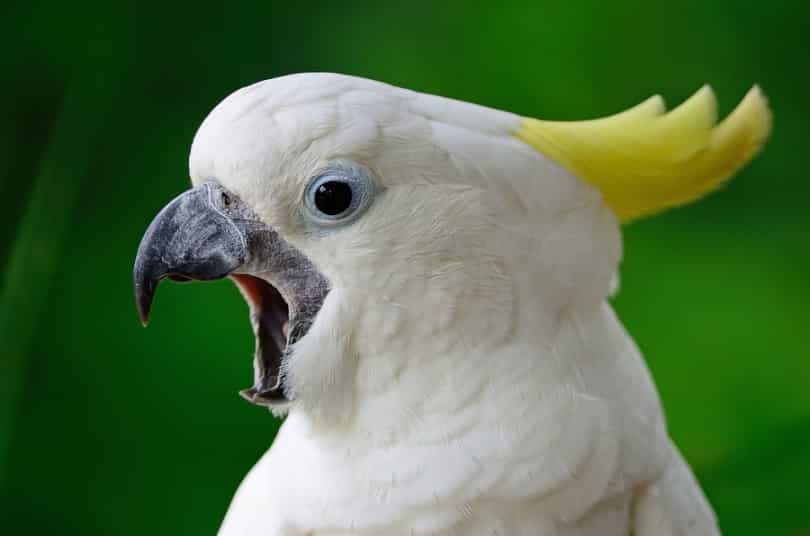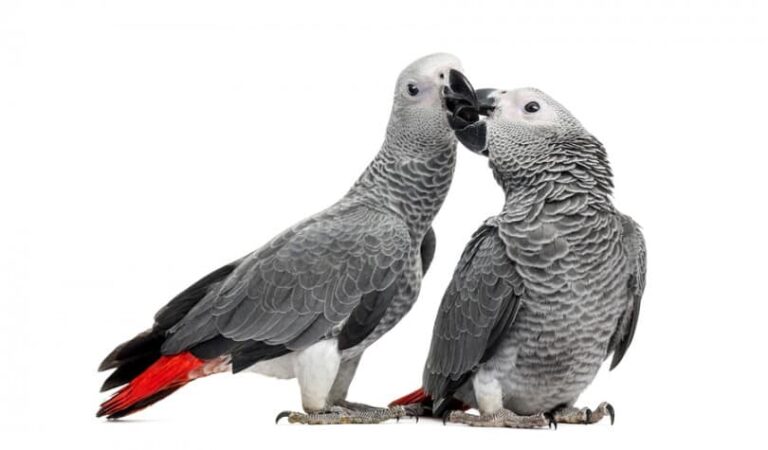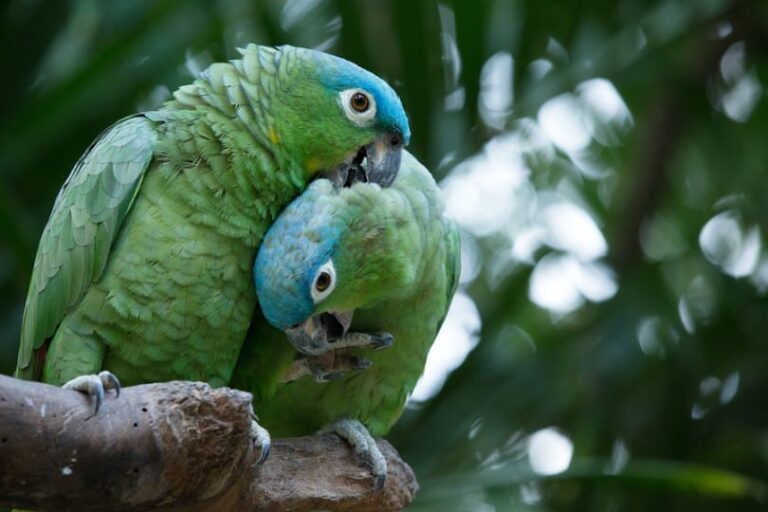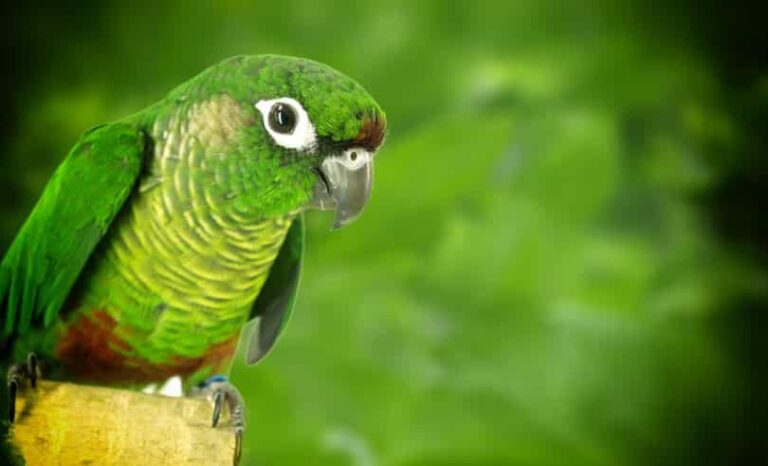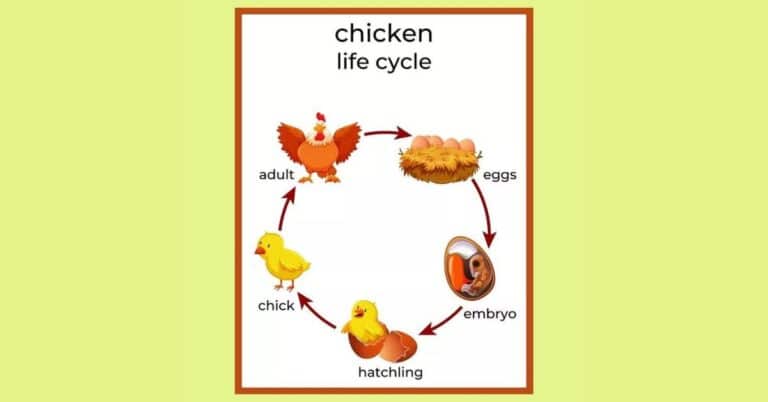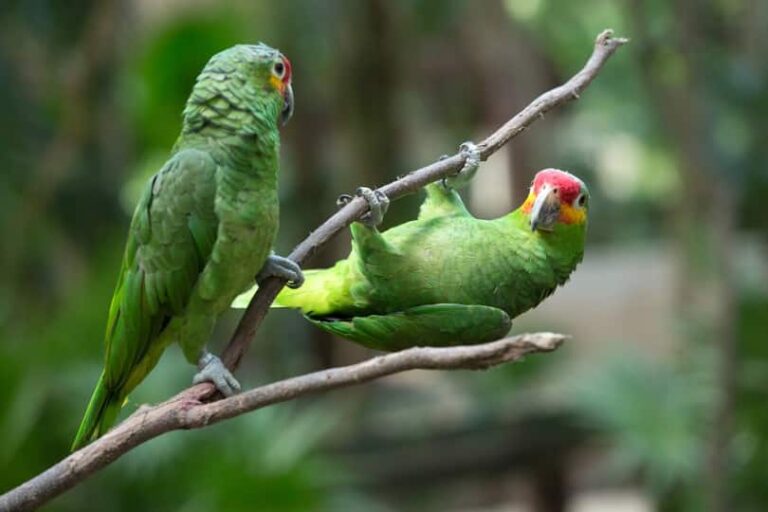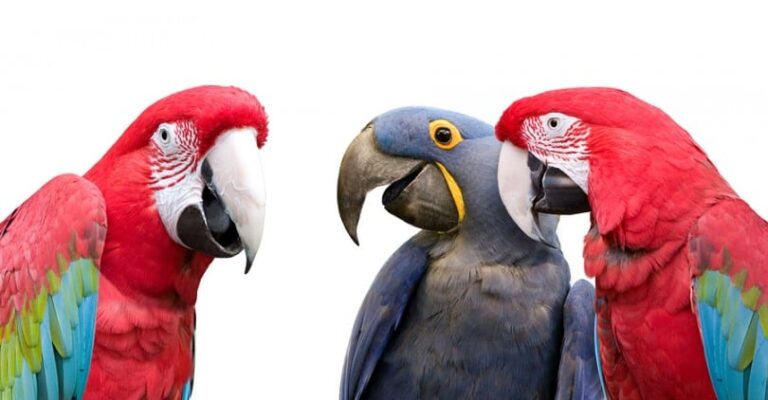Sulphur Crested Cockatoo
Cacatua Galerita, commonly known as Sulphur Crested Cockatoo is a member of the Cacatuidae family and Cacatua genus. It is basically a white-colored Cockatoo that inhabits the wooded areas of New Guinea and Australia. This genus is also seen in the Indonesian Islands. In these areas, they are very populated, hence considered pests due to the field crop attack. It is a popular breed in aviculture and has emerged as a preferred companion bird in recent times.
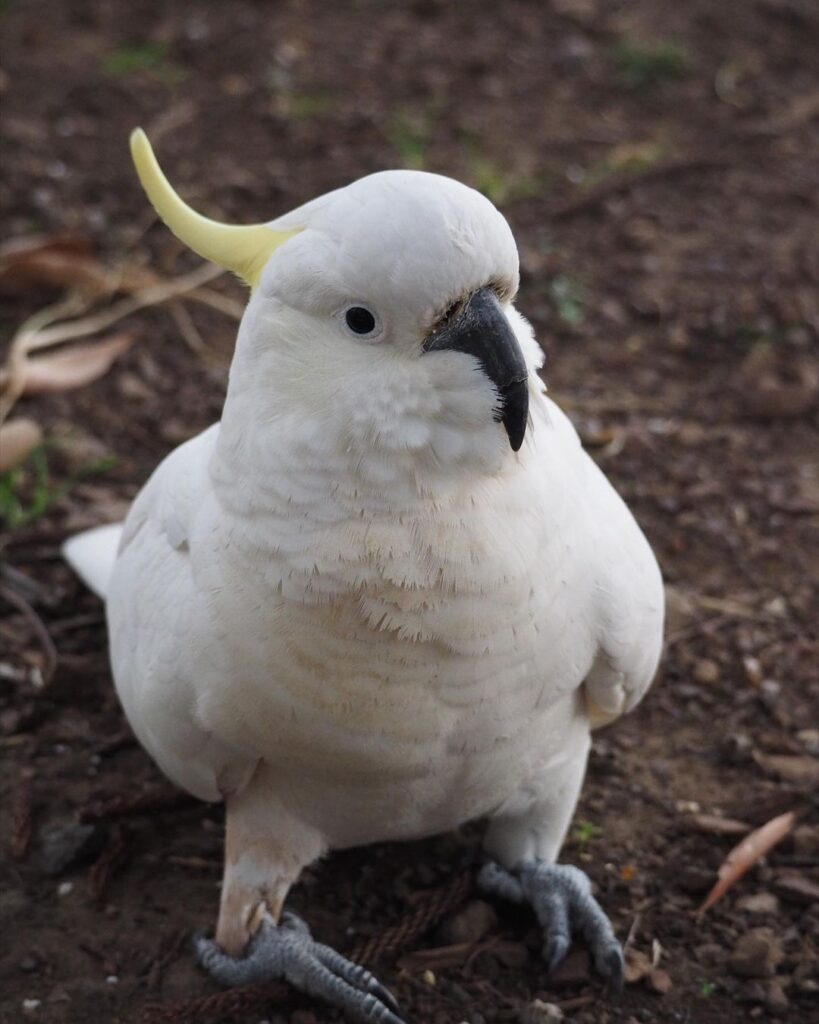
Description
It is a beautiful genus of parrot, covered in white plumage that grows about 44 to 55 cm in length. The Australian subspecies of these birds are larger than the ones found in the New Guinea regions. The other distinctive feature is the beautiful bright yellow colored crest. The tail and the under wing portion also have a yellow shade. The eye-ring is white color, whereas the bill is dark black. Its legs are gray colored, and the eyes of the male bird are black, whereas the eyes of the female counterpart are more of a red or brown shade.
Habitat
The Sulphur Crested Cockatoo is endemic to the northern and eastern regions of Australia. It is also seen in the southern most part of Tasmania. It prefers wooded areas, and hence avoids the arid areas that have only a few trees. They are highly populated in the cities and nearby sub-urban places like Melbourne, Sydney, Adelaide, Canberra and Brisbane. They are rarely seen in the highland areas, and cover the other parts of New Guinea. These birds are also found on small islands like Misool, Waigeo and Aru.
Reproduction
Sulphur Crested Cockatoos have their breeding period only once in a year, and that is from December to March. The male bird tries to impress its mate by extending his wings, spreading its tail feathers and erecting the crest. In the wild, the pair leaves the flock at the time of nesting, and builds a nest in a tree cavity. At home, you can provide a comfortable nest box to lay eggs. The female bird lays around 2 to 3 eggs, which she incubates for 25 to 27 days. The young ones stay in the nest for a long time even after fledging.
Sulphur Crested Cockatoo at Home
Food
In the natural habitat, these birds, mainly feed on nuts, fruits, seeds and roots. The basic food for these birds to remain healthy should possess all the nutrients in the right proportion, and the best way for that is to provide organic pellets. Buy non-colored pellets, as it is free from sugar, pesticides and other harmful chemicals. This should be supplemented by plenty of vegetables and fruits daily. Occasionally you can provide seeds, nuts, and other fatty foods as a treat or training reward instead of giving it in a daily diet.
Cage
These birds are large in size, and require enough space to be comfortable. The suitable cage size is 27 x 27 inches, with a height of 39 inches. Height is important as they like to climb and enjoy the top view. Horizontal bars present in the cage will be preferable, as these birds like to climb and play on the bars. Place enough toys and perches for these birds to play.
Behavior
These birds are very intelligent and an excellent talkers. They have a very loud voice, and can mimic human sounds and various other sounds that they hear from the surroundings. They are very active, and like to show off with their body language to others. It raises its crest, flaps its wings and jump or hop, either to show off its abilities or to impress its mates. These birds have a life expectancy of more than 70 years in captivity, but lives only up to 20 to 40 years in the forests.
Care
Spend some time with your pet. Provide enough sunlight, and fresh water to drink. Keep their cage and dishes clean. Take your Sulphur Crested Cockatoo pet for regular checkups to their veterinary doctors to take precaution and care against diseases and ailments.

Having discovered a fondness for insects while pursuing her degree in Biology, Randi Jones was quite bugged to know that people usually dismissed these little creatures as “creepy-crawlies”.

